exhibitions
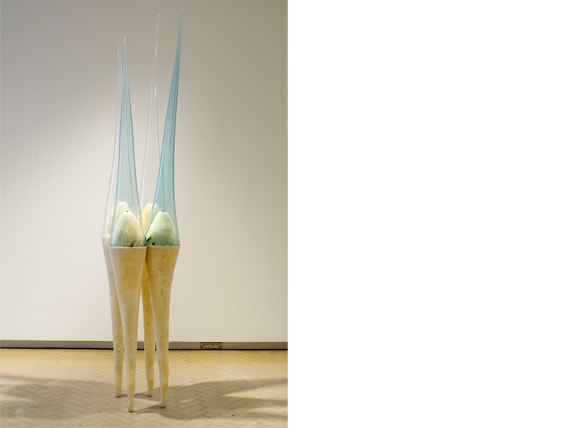
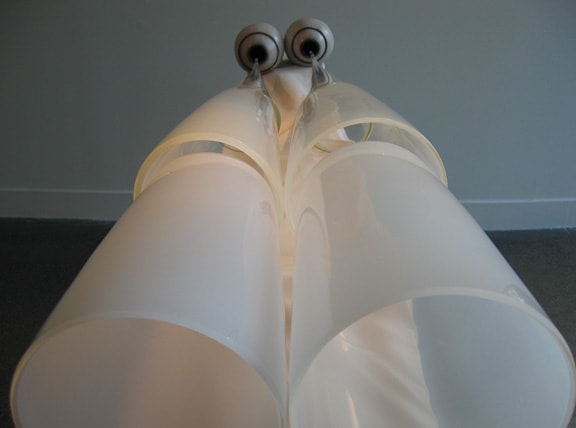
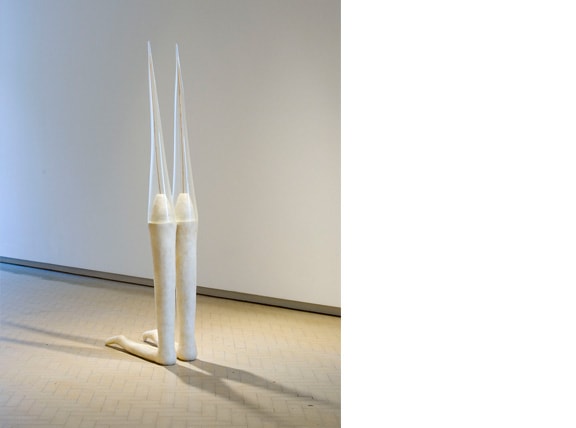
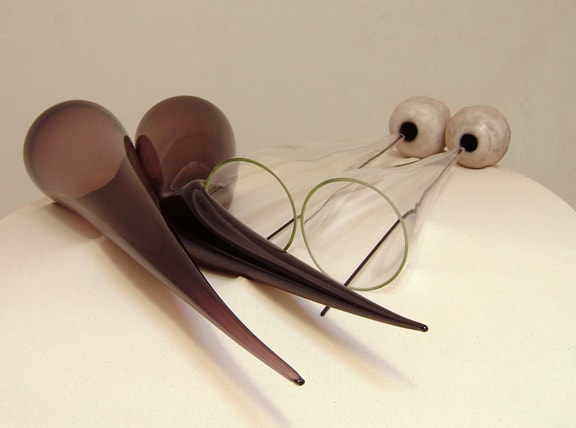
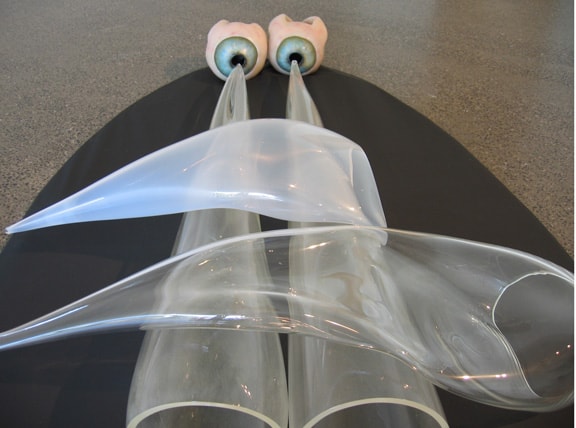
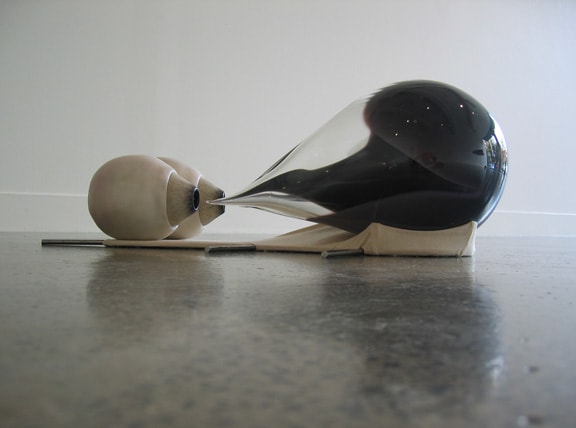
STUDIO 12 | BENJAMIN ARMSTRONG: SORCERY
–
Sorcery
Benjamin Armstrong
Studio 12
Exhibition Dates: 21 November - 13 December 2008
Opening: Friday 21 November, 6-8pm
The draughtsman’s apprentice
by Toby Miller
Benjamin Armstrong graduated with a degree in painting from the Victorian College of the Arts in 1996 and since then has earned a considerable reputation for his drawings, prints and sculptural forms made from glass and wax. This seemingly diverse approach to technique and media belies the strong connections that gather Armstrong’s various modes of working into a thematically and formally consistent project. It also obscures, in turn, the extent to which Armstrong’s practice is unified around a central engagement with the practice and concerns of one medium in particular: drawing.
Yet to claim Armstrong as primarily a draughtsman, or the space opened by drawing within his work as readily available to positivist inspection, would be to play his achievements false. If drawing persists within Armstrong’s practice, it does so precisely because it appears as a site of both fecundity and lassitude. Which is to say that the extension of Armstrong’s practice into the domains of printmaking and sculpture may be seen, in part, to be governed by a set of concerns for which drawing is both the foil and the judge.
In the sculptural mode this has largely taken place as the marriage of curvilinear lines formed by blown glass with wax forms in which line impressions and surface wrinkles trace, without delimiting, the object’s bare surface, so that the drawn figure is transposed into sculptural form as if by a process of cutting itself from itself. In Armstrong’s prints, this sequence is reversed, with the literal process of cutting into the linoleum blocks marking a parallel but inverted retreat from the conditions of drawing. To this traditional process Armstrong introduces two new elements that serve to deepen and extend his line of thought. The first is a preference for preparing his blocks with an excess of ink, so that the work of line sometimes also produces a work of colour; the second is the addition of metallic particles to his inks, resulting in a figural component sensitive to the effects of light and thus also open to a type of beholding indexed to both temporal and spatial terms. Thus line vies with colour, colour with ground, ground with figure, figure with itself — thereby proliferating figures and cuts.
The cumulative effect of these material and practical decisions is a style that is at once figurative, yet which also delineates a path leading either into or out from something more abstract. The disjunctive character of this situation finds allegorical expression in the current series entitled Sorcery as a world bearing witness to its own dissolution. Armstrong’s choice of subjects is particularly telling: the earth disappearing in a vortex, a stalemate between fire and water, a wire fence separating from itself and a depiction of a geological ‘solution pipe’ in which the skeletal remains of the inhabitants of the world’s surface are buried deep within the bowels of the earth.
These figures dovetail philosophically with some of Martin Heidegger's thoughts on the relationship between form and content as a ‘strife’ or ‘rift’ between ‘earth and world.’ For Heidegger, an artwork is only in so far as it enacts a struggle between the material substance of the medium and the socially significant figure or form to which it gives relief. A meaningful world rises out of a self-concealing earth by projecting itself as an element into the chain of associations by which Dasein acquires her bearings. A certain ‘fixity’ is possible only as a meaningful comportment towards the figure that earth and world jointly compose. One implication of this is that — as with the depictions of worldly disquietude in Armstrong’s prints — the loci of meaning is strictly internal. This or that image will strike us as compelling.
Sorcery is, of course, a series. We do not see these prints without seeing another to which it is connected. The lesson here is a militarist one:
Indirect tactics, efficiently applied, are inexhaustible as Heaven and Earth, unending as the flow of rivers and streams; like the sun and moon, they end but to begin anew; like the four seasons, they pass away to return once more.
What may seem in Sorcery a retreat from the conditions of drawing may, in turn, reveal itself as a form of advance.
This essay was produced as part of Gertrude Contemporary Art Spaces and Art and Australia magazine's Emerging Writers Programme. This essay has been published in a catalogue accompanying Benjamin Armstrong's 2008 exhibition.
Studio 12 Exhibition
Benjamin Armstrong: Studio Artist 2007-2008. To view his page click here